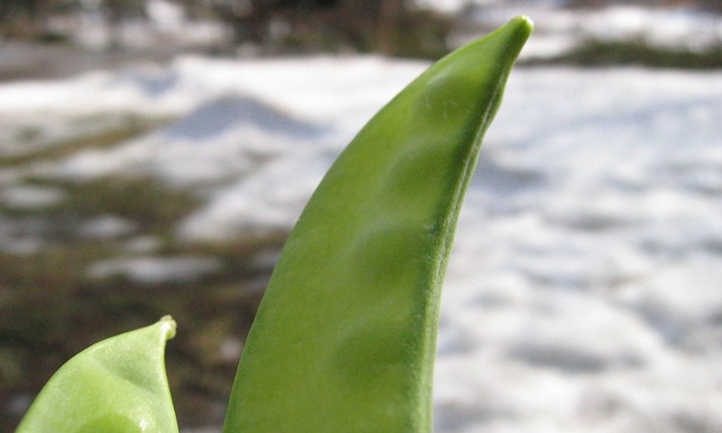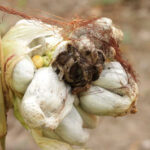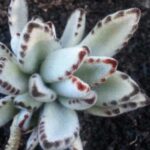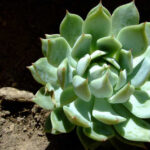Fall and spring gardens can put gardeners in a bit of a pickle. What to grow? With a wonderful crunch and sweetness that can stand on its own or delight stir-fries, growing snow peas is a delicious and savvy choice to add to any late fall or early spring garden with mild temperatures.
The snow pea is part of the pea or Pisum family and thought to have originated some 10,000 years ago either in Europe or India. 10,000-year-old fossilized peas have in fact been found in Switzerland! Since that time, they have spread across the globe and turned into some 13,000 varieties. Of those, there are three main categories: sugar snap peas, snow peas, and English peas.
With vines that have a mind of their own, these peas will creep up walls and curl around just about anything in the garden in their quest for life. Growing snow peas in the garden isn’t just beneficial to your diet. Peas add nutrients to the ground that they grow in, making it richer and healthier for surrounding fauna.
Snow peas are easily spotted in the garden, not just because of their large bounties, but also because their flowers can be so incredibly pretty. White, pink, and purple buds fill the air with wonderful color, before adding a delicious bite to your plate.
Snow peas are eaten when the pods are still immature, and eaten whole as some forms of snap peas are. You can tell these peas apart from others by their distinctive flat and almost translucent pods, with baby seeds growing snug inside.
Quick Care Guide
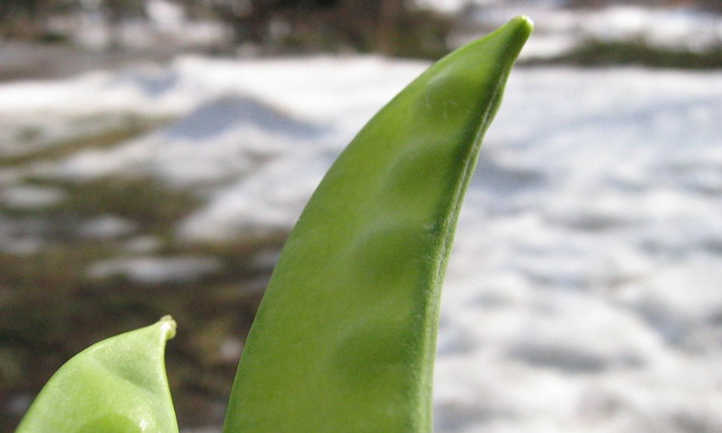
| Common Name(s) | Snow peas |
| Scientific Name | Pisum sativum var. macrocarpon |
| Days to Harvest | 60-70 days; dependent on variety |
| Light | Full sun to partial shade |
| Water: | An inch a week, or until the soil is moist. Reduce watering during rainy spells. |
| Soil | Well draining loamy soil; can tolerate sandy soils with added organic matter |
| Fertilizer | Well rotted manure, compost, or liquid kelp |
| Pests | Aphids, pea weevils, spider mites, leafminers |
| Diseases | Root rot, damping off, powdery mildew, Fusarium wilt, Anthracnose |
All About Snow Peas
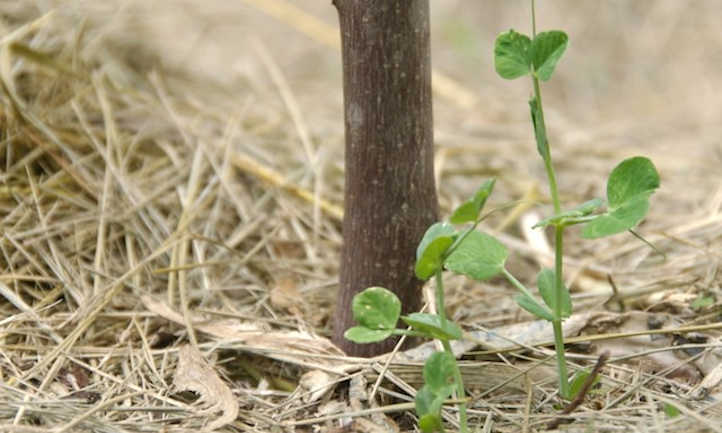
The sweet and crunchy snow pea, Pisum sativum var. macrocarpon, grows on vines that shoot up a trellis, or that latch onto nearby plants and begin to climb. Dwarf or bush types are a little more manageable in smaller gardens, like the Oregon Sugar Pod II. With many types to choose from, this is a great addition to start in a container, raised beds, or rows.
This cheerful vine loves the mild climates of fall and spring and can grow in just about any zone that has ten weeks of weather between 50-70 degrees Farenheight. This means that in warmer zones, gardeners can get both fall and spring crops, while those in cooler climates may aim to grow these just in the springtime.
Snow peas grow on delicate and thin green vines with ovular leaves growing up and away from the vine. Depending on the variety, they can reach 5-8 feet in height and produce flowers in an array of colors, which if pollinated turn into seed pods 2 inches long. Small tendrils reach out from the vine and wrap themselves around anything nearby that might help hold it up as it grows.
The snow pea is generally eaten while immature, when the baby seeds are just starting to form inside the pod but still tender enough to be sweet and crunchy. The tendrils and shoots are also edible and can be seen on some trendy menus as part of salads or crudites platters. While snow peas are generally not grown to maturity, if they do reach that state, the snow pea is a small, green seed that can be eaten on its own or dried to grow the following year.
Plant peas directly into soil in a sunny to partially shady area of a garden. They’ll sprout in 7-21 days and slowly creep up a trellis or wall. If all goes well, many varieties can begin producing in just two short months. These vegetables are harvested while young, while the pods are about 2 inches in length. Harvesting can continue several days a week for a month or so or until the weather changes. Snow peas can be quite prolific producers in the garden.
Several popular varieties include the Mammoth Melting Sugar or the Manoa Sugar (for Hawaiian growers) as climbers. Additionally, dwarf varieties include the Oregon Sugar Pod II, the Snow Giant, and Snow Wind, a peculiar variety that produces very few leaves but many pods.
Planting
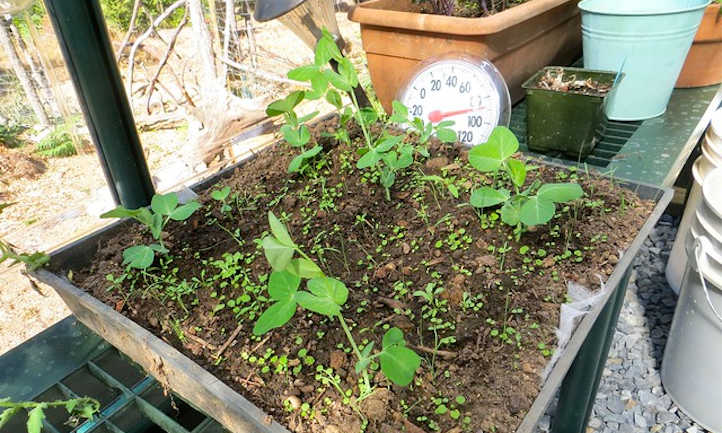
When planting snow peas in your garden, look up your expected first or last frost date and plant peas accordingly. For example, if planting in the fall, try planting peas 10 weeks before your first frost so that you have enough time to grow and harvest before the cold kills the vine. In the spring, try planting a month or so before your last frost as the seedlings can tolerate frosts. Make sure when planting, that the peas don’t mature and produce flowers while still in frost territory as the blooms and pods don’t fare as well as young plants when exposed to cold.
Aim to start planting pea plants in a part of the garden with rich well drained loamy soil. The soil should be able to retain moisture, but not pool water as this can rot the roots. Peas have deep roots and are well suited to container-growing if the container is at least 8 inches deep when filled with soil. Try to ensure the peas have between 4-8 hours of sunlight a day. If a slope or portion of the garden becomes hotter or cooler than another portion, try planting in an area where they are most likely to be between 55-70 degrees throughout the day.
When growing peas in your garden, space seeds 1 inch apart, and 1 inch deep in the soil along your row, and thinned to 4 inches apart. Space rows about 18 inches apart from one another, or with enough room to maneuver between the rows. Add a wooden or metal trellis or support system to guide the peas upwards and keep a healthy amount of air flow between leaves.
As peas are nitrogen fixing plants, this is a great choice to companion plant with. Grow peas with radishes, beets or greens in the same bed. Avoid planting with onions or garlic.
When sowing, try using a soil inoculant to help with growth and yields. A soil inoculant is a culture of microorganisms that live in the roots of your peas (in fact, all peas and beans in general) and add nitrogen to the soil. It comes in the form of a powder, and can easily be found online. It also increases the overall size of the harvest and health of your snow peas.
Gardeners also have the option of starting their seeds in trays and transplanting out. This may help gardeners with short fall seasons to squeeze an additional harvest into their crop rotations, or aide gardeners with small spaces.
Care

Snow peas are a very easy to grow crop, and great for the beginner gardener! There are a few key rules to keep in mind when growing snow peas to deter pests and increase yields.
Sun and Temperature
While they can be grown in partial shade, peas like full sun during a moderately cool day. They thrive in temperatures between 55-70 degrees so think about how warm your garden can get in addition to how much sun a certain area has.
Ideally, your pea plants should get between 6-8 hours of sunlight a day. They grow in zones 2-11 and can tolerate frosts while young, making them a vegetable of choice for early season gardens. Once mature however, the flowers and pods can be quite frost sensitive, so don’t start these too early. Later in spring, once temperatures range above 75 degrees, you can expect your peas to begin to die back.
Water and Humidity
Peas in your garden need even moisture in their root systems. They like to be watered somewhat frequently, once or twice a week, but don’t like too much water at any one time as their roots easily rot. Likewise they struggle when the ground is too dry. Keep an eye on the weather forecast as too much or too little rain can easily derail an otherwise healthy plant.
For optimal watering, try using a drip hose and watering in the morning. Avoid getting the leaves wet as this can attract diseases, or sometimes spread soil borne fungi from the soil to the leaves. In dryer climates, water about an inch a week, but be sure to feel the moisture level of the soil yourself to gauge its needs.
Soil
Snow peas thrive in a rich loamy well-draining soil but can tolerate sandy soils as well. If gardening in sandy soil, try to water more frequently as sandy soils retain less water. Do not try growing this plant in soils high in clay, as this can cause too much water to build up and encourage diseases like root rot and damping-off among others. Keep in mind that peas have deep roots and need to grow to at least a foot deep.
If growing peas in sandy soils, amend with compost or manure, as snow peas are heavy feeders and require substantial nutrients. Snow peas prefer a pH between 5.6-6.8.
Fertilizing
While peas need a nutrient-rich medium to grow in, avoid fertilizing this plant until after it is about 4 inches tall. Once it reaches that height, go ahead and add compost or well-rotted horse manure or cow manure around the base of the plant. Make sure to avoid nitrogen-rich fertilizers as this will keep your peas from producing a large harvest. Peas in your garden do not need multiple feedings as they are a short-lived plant.
Pruning & Training
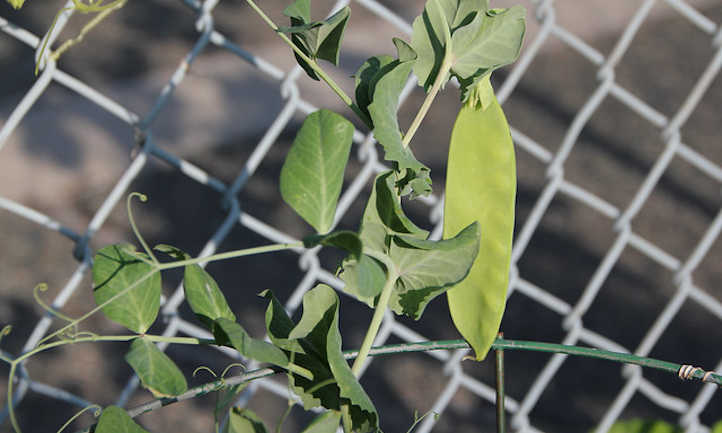
Depending on the type of snow pea, provide support for your snow peas in the form of a trellis or lattice. While dwarf peas don’t need support (except when they are most heavy with fruit), be sure to prune them to encourage airflow between the vines. Place your trellis in an area that isn’t too windy, snow peas don’t do well when thrown around by strong winds.
In order to encourage vining laterally, snip off the uppermost set of leaves once your snow peas are about 18 inches tall. This will force the plant to put more energy into growing laterally and lead to an increased harvest.
While the tendrils of a pea plant will often pull the pea plant upwards while anchoring it to a lattice or other climbing aid, sometimes the tendrils have a mind of their own and can attach themselves to a nearby plant, or even itself. When this happens, loosely anchor the vine to the trellis with some string to encourage it to grow how you’d like it.
Propagation
Snow peas are best started from seed either directly into the soil or into a tray to transplant out. Try to inoculate the seed by dipping it into water and a powdered inoculant before sowing.
While extremely rare, it is possible to root a portion of the vine using a rooting hormone and an evenly moist growing medium. This would be done to preserve an extremely rare or new variety. It is not worth it to do so otherwise.
Harvesting and Storing
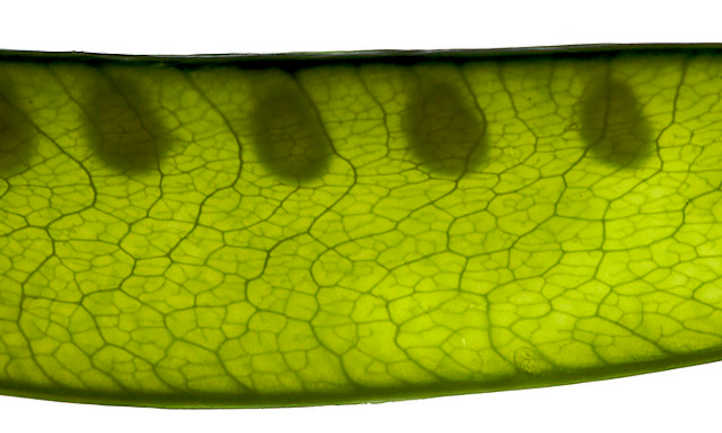
Snow pea plants can be harvested multiple times throughout their short lives. It is best to start different types that mature at different times to ensure a continual harvest.
You’ll know your snow pea is ready to harvest when small seeds are visible inside the pods. The seeds will be no larger than 1/4 of an inch in diameter, and the vegetable will be somewhat translucent. This makes for optimal sweetness.
Simply snip the snow pea where the pod meets the stem, and store in a dry part of your fridge, in a salad spinner, or wrapped in clean kitchen towels. Do not keep these in a plastic bag with no air flow as they will rot. You can wash snow peas before storing them, but make sure to let them dry beforehand as moisture will make them quickly go bad.
You can easily store snow peas in the freezer, or pressure can for long term storage.
At the end of the pea’s life, cut the plant at its base and add to your compost bin.
Troubleshooting
While easy to grow, snow peas can sometimes run into problems. One of the best ways to avoid problems is to prevent them through even watering, using healthy or disease resistant seeds, healthy soil and ensuring there is airflow in between the leaves.
Growing Problems
Pea plants are very water sensitive. Too much water and the roots can rot, too little and it easily becomes stressed. Maintain an even moisture around the roots of your snow peas, and this will keep many of these issues at bay.
Sometimes, growers may find that despite substantial green growth on their vines, there just aren’t that many sugar pea pods. This can often be due to a lack of pollination, or too much nitrogen in the soil. Try shaking the flowers while they’re open to help with self-pollination. Additionally, try snipping the tops of the pea plants to encourage lateral growth.
Pests
Aphids attack peas in two ways: by spreading disease and sucking the sap out of the leaves, depleting its energy and causing discoloration. Try using neem oil, insecticidal soap, ladybugs and lacewings to tackle them.
Pea weevils are greenish-brown bugs with yellowish stripes down their back. Pea leaf weevils, on the other hand, are small beetles that look similar to pea weevils. Pea weevils lay eggs on pea pods that will then burrow into the pod and consume the seeds, where the pea leaf weevils feed on young and tender leaf edges. Hand-pick these as you find them and drop them into a bucket of soapy water to eliminate them. They’re more active at night, so go weevil hunting with a flashlight.
Spider mites leave their signature tiny silvery webs on the underside of leaves. They suck the peas’ inside nutrients. Spray with insecticidal soap, or release ladybugs or lacewings to clear them out.
Leaf miners leave their signature ‘doodles’ on leaves by eating away the inside of the leaf. Clip off infested leaves and remove them from the garden entirely to remove the miner hiding within. To prevent adults from laying eggs on your crop, cover with a row cover. Do note that you may have to hand-pollinate your plants if bees can’t reach your flowers.
Diseases
Anthracnose shows itself through round red, brown or black spots on leaves. The fungus spreads in heat and humidity. You can use either a copper or a sulfur fungicide to stop it. Try to prevent it by keeping your tools clean and avoiding splashing water on the leaves of the plant.
Fusarium wilt is caused by a fungus that affects the vascular tissues. Plants appear to be stunted, yellow and brown in color. Fungicides are not effective, unfortunately. Try crop rotation to prevent. Additionally, try a product like Mycostop to introduce a bacterial strain into the soil to stop or slow the offending fungi.
Frequently Asked Questions

Q: Do snow peas need to climb?
A: Not all snow peas need to climb. Dwarf varieties can stand up on their own. Be sure to read about the variety you’re planting.
Q: Can you grow snow peas in the fall? Can you grow snow peas in summer?
A: You can grow snow peas in temperatures between 55-70. If you have those temperatures during the fall and summer for 10 weeks, you can grow snow peas.
Q: How many peas will one plant produce?
A: Depending on the variety, one plant will produce about a quarter to a half pound of peas.

